Asian Pacific American Health Collaboration, Access, Resource and Education hosted a fair Sunday to provide free mental and physical health screenings to underserved Asian Pacific Islander communities in Los Angeles.
The health fair took place at a Lunar New Year celebration organized by the Evangelical Formosan Church of LA, which began with a morning service and ended with festivals and food, said Nicholas Tien, APA Health CARE’s co-director of client relations. Amanda Banh, the minority health chair for the UCLA David Geffen School of Medicine’s Asian Pacific American Medical Student Association, said the festival‘s ambiance created a welcoming and comforting environment for the patients.
The fair was held in the El Monte area in the San Gabriel Valley, which has a large underserved Asian American and Pacific Islander population, said Tien, a fourth-year biology student.
“Our goal is basically (to) make healthcare more accessible to the communities, especially the Asian communities around LA,” said Kyle Lee, APA Health CARE’s director of referrals.
Jasmine Zhang, APA Health CARE’s president, said clients are paired up with an undergraduate student known as a client navigator. These client navigators work to bridge the gap between the client and the medical student and also help translate if they do not speak the same language, Tien said.
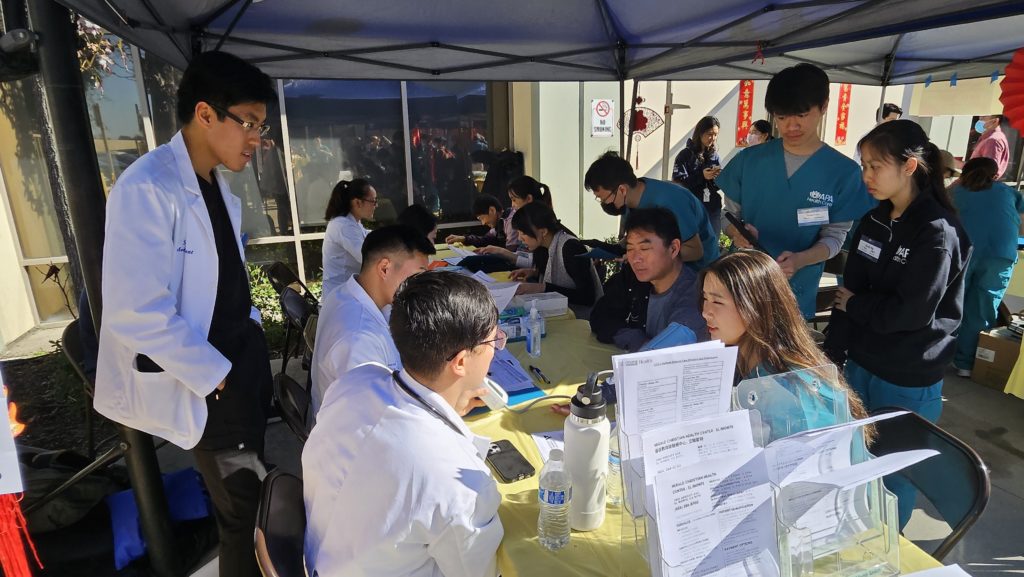
Zhang, a fourth-year biochemistry student, said students took clients’ medical histories and conducted mental and physical health screenings at the event. Afterward, clients spoke with a medical student who took the client’s blood pressure, did an eye exam, provided a dementia screening and then gave more in-depth recommendations, she said.
Words that come up frequently in health screenings, such as cholesterol, Hepatitis B or body-fat percentage, are translated into different Asian languages and provided to the client navigators beforehand, said Shonan Chiang, a client navigator and a second-year human biology and society student. Zhang added that since staffers were serving a primarily Chinese-speaking population during Sunday’s health fair, they translated all of the referral forms and health education packets into Chinese.
Zhang said the club trains its volunteers through cultural competency workshops to understand how various cultural beliefs can impact people’s perceptions of health and introduce people to the health disparities that exist among AAPI subgroups.
“What we really wanted to do was open a conversation with people in the community about getting preventative health care, making sure that they’re going to see (a) primary care physician and getting a general sense of their well-being,” said Banh, a medical student in the Charles R. Drew University of Medicine & Science and UCLA’s joint Medical Education Program.
Zhang added that members also held a couple of health education seminars at the fair for people to learn more about nutrition.
APA Health CARE also sought to get patients in contact with clinics around the area, Tien said, adding that the club seeks to equip clients to take care of their own health over the long term.
To make this happen, Zhang said club members prepare referrals for local clinics. These referral pamphlets include information about the clinic such as its address, location hours, payment options, languages spoken and services provided, Lee said.
Lee, a third-year neuroscience student, added that members of the referrals committee conduct clinic site visits where they visit the clinics and double-check the information on the pamphlets.
Tien also said members of the client relations team call patients two to three weeks after each health fair to follow up on any referrals or insurance recommendations, as well as to see if patients have had any lifestyle changes since the fair.
“A big part of why I wanted to join APA in the first place was being able to have that continuation aspect of the care,” Tien said. “Over time, (clients) increase their ability to care for themselves.”
Zhang said the club members at the event also conducted a short research survey to better understand the health care needs of the AAPI population, and barriers to accessing it.
Banh said she enjoyed the fair and its sense of community.
“This one in particular was very fun because it’s close to the Lunar New Year. There’s lots of kids running around. You get to see families come in. People are enjoying food,” Banh said. “People are having a good time together with their community, talking to folks, and at the same time able to get some questions answered on their health.”
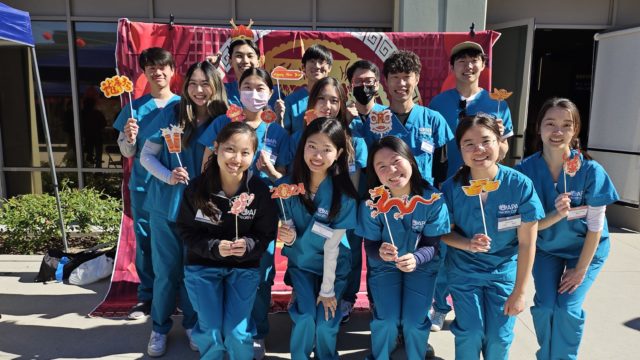

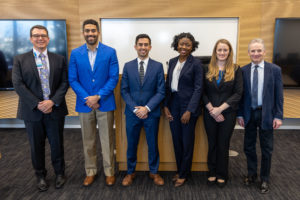
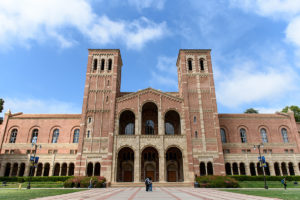
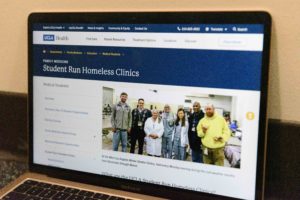
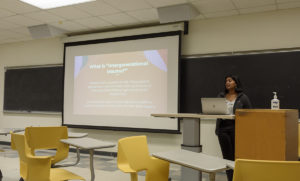
Comments are closed.